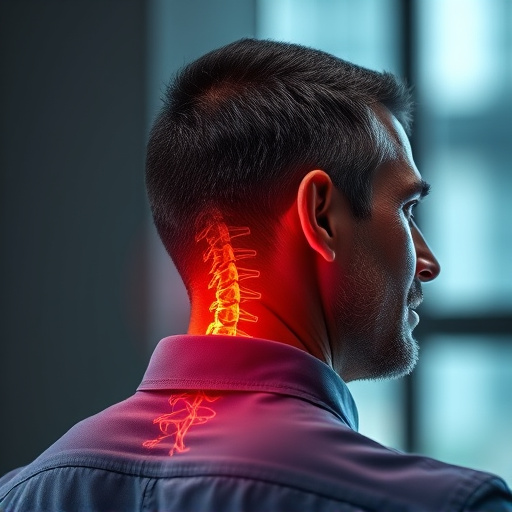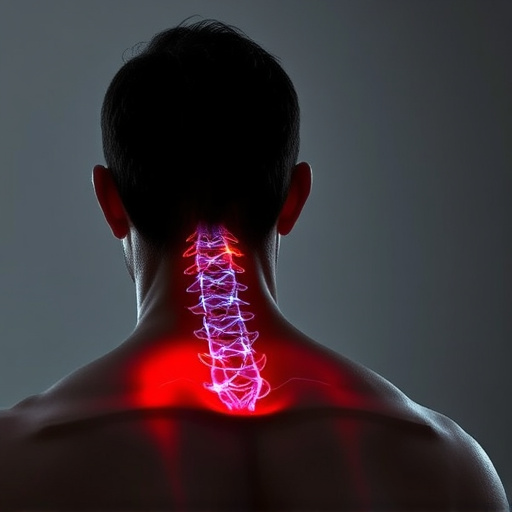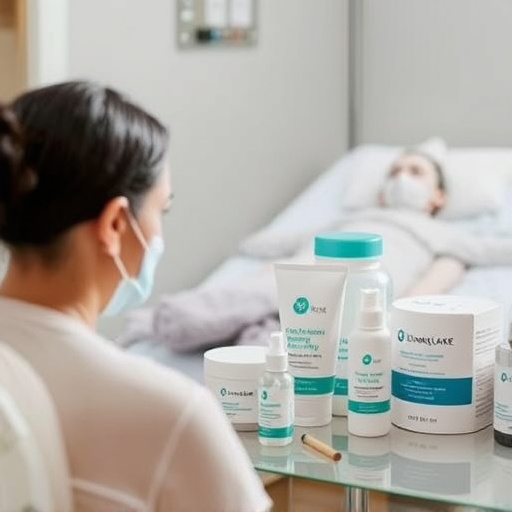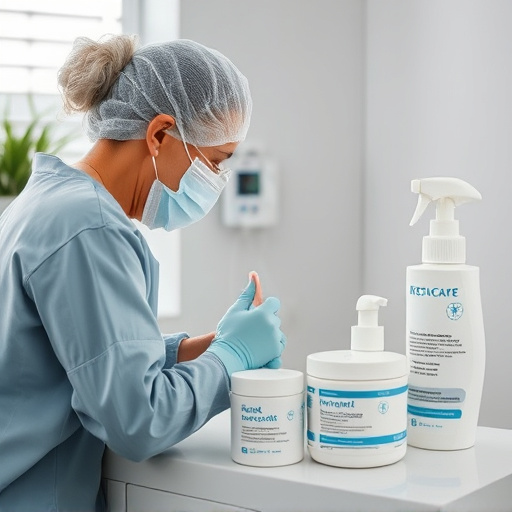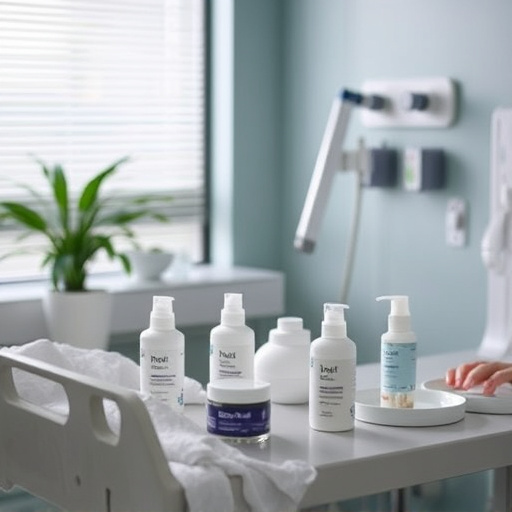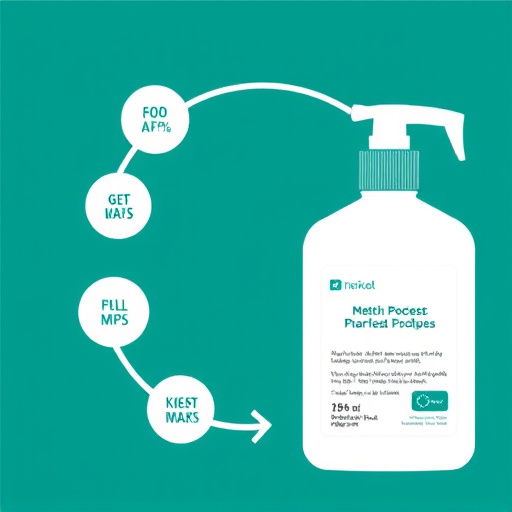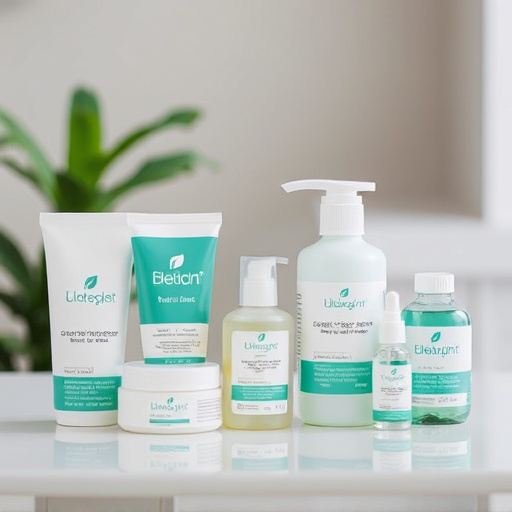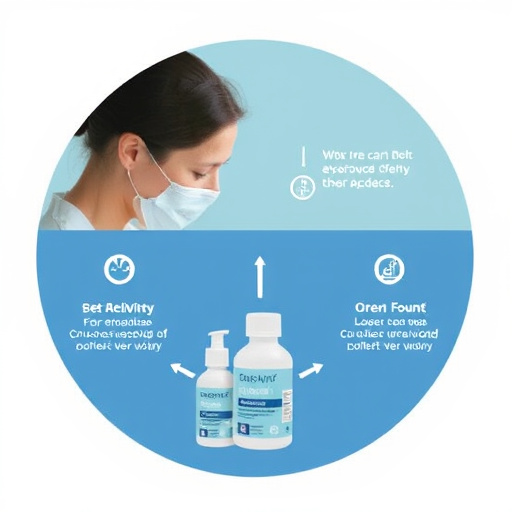Laser hair removal offers a popular solution for achieving smooth, hair-free skin, but understanding the recovery process is key. The recovery period varies based on treatment area, laser type, and skin types, typically taking 1-2 weeks. Best practices include proper hygiene, hydration, sun protection, and avoiding discomfort. Patience during this time is essential. Tracking progress and understanding specific recovery times for different skin types and areas are integral to achieving optimal results. Professional dermatological guidance is crucial for personalized advice and minimal downtime.
“Uncover the secrets to a successful laser hair removal journey with our comprehensive guide. Understanding the post-treatment phase is crucial for achieving optimal results. We’ll walk you through what to expect during recovery, offering valuable insights on managing discomfort and maximizing healing. Learn best practices to optimize your experience and track progress effectively. Discover how to determine your laser hair removal recovery time and transform your skin’s landscape. Get ready to embrace a smooth, lasting solution.”
- Understanding Laser Hair Removal Recovery: What to Expect
- Optimizing Your Post-Treatment Experience: Tips and Best Practices
- Tracking Progress and Determining Laser Hair Removal Recovery Time
Understanding Laser Hair Removal Recovery: What to Expect
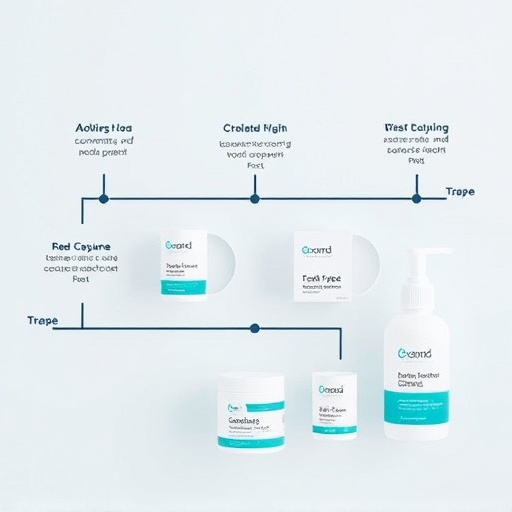
Laser hair removal is a popular and effective method for achieving smooth, hair-free skin. However, understanding the recovery process is essential to managing expectations and ensuring a comfortable experience. The recovery period for laser hair removal varies depending on several factors, including the area treated, the type of laser used, and individual skin characteristics. On average, most people can expect their skin to return to its normal state within a week or two.
During the initial days after treatment, redness and mild swelling are common, resembling a sunburn. This usually subsides within 24-48 hours. It’s crucial to follow post-treatment instructions, such as applying a cooling gel and avoiding direct sunlight, to expedite healing and minimize discomfort. As the skin heals, hair follicles in the targeted area will weaken, leading to reduced hair growth over time. It may take several treatments spaced weeks apart to achieve long-lasting results, with ongoing maintenance required to maintain smooth skin.
Optimizing Your Post-Treatment Experience: Tips and Best Practices
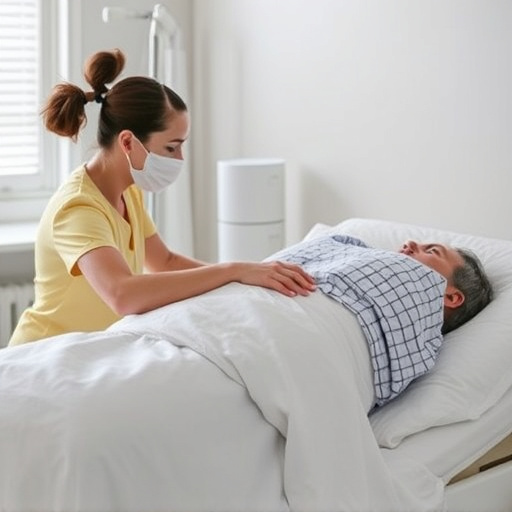
After undergoing laser hair removal treatment, optimizing your post-procedure experience is crucial for swift and comfortable recovery. To enhance healing, it’s essential to follow specific best practices. First, maintain good hygiene by gently cleaning the treated area with a mild, fragrance-free cleanser. Avoid harsh scrubs or products containing alcohol that could irritate the skin. Instead, focus on keeping the area clean and calm.
Second, stay hydrated by drinking plenty of water throughout the recovery period, as proper hydration supports cell regeneration. Protect your skin from direct sunlight and excessive heat; wear protective clothing when outdoors to prevent further irritation. While it’s normal to experience temporary redness or minor discomfort, avoid picking or scratching the treated area. Patience is key during laser hair removal recovery time, as consistent adherence to these tips can significantly expedite the process and ensure optimal results.
Tracking Progress and Determining Laser Hair Removal Recovery Time
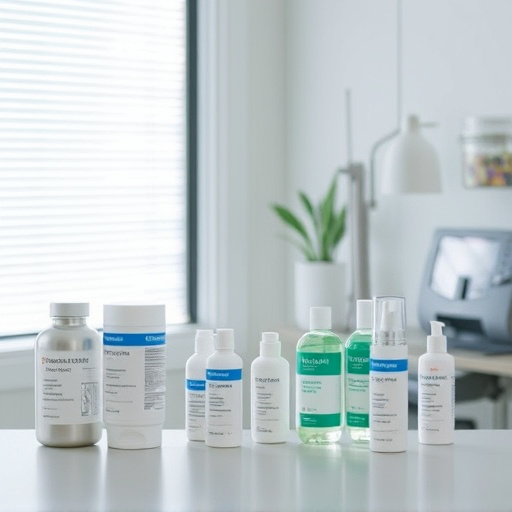
Tracking progress and understanding laser hair removal recovery time go hand in hand. It’s crucial to monitor your skin’s response after each treatment session, as this helps in gauging how well the procedure is working and determines the optimal time for subsequent sessions. Pay close attention to any redness, swelling, or discomfort—these are normal post-treatment reactions, but their intensity can provide valuable insights into your recovery process.
The laser hair removal recovery time varies from person to person, depending on factors like skin type, coarseness of hair, and the area being treated. On average, you can expect redness and mild irritation to subside within a few hours to a couple of days. For more sensitive areas or individuals with darker skin tones, the laser hair removal recovery time might be slightly longer. Professional guidance is invaluable here; your dermatologist can offer tailored advice based on your specific needs, ensuring optimal results and minimizing downtime.
In light of the above discussions on understanding, optimizing, and tracking progress in laser hair removal (LHR) recovery, it’s clear that a structured approach can significantly enhance your post-treatment experience. By adhering to best practices and closely monitoring your progress, you can effectively manage the recovery process and achieve the desired results. Remember that every individual’s healing journey is unique, so stay patient and consistent. To optimize your laser hair removal recovery time, focus on proper aftercare, maintain open communication with your professional guidance team, and track your progress regularly.
